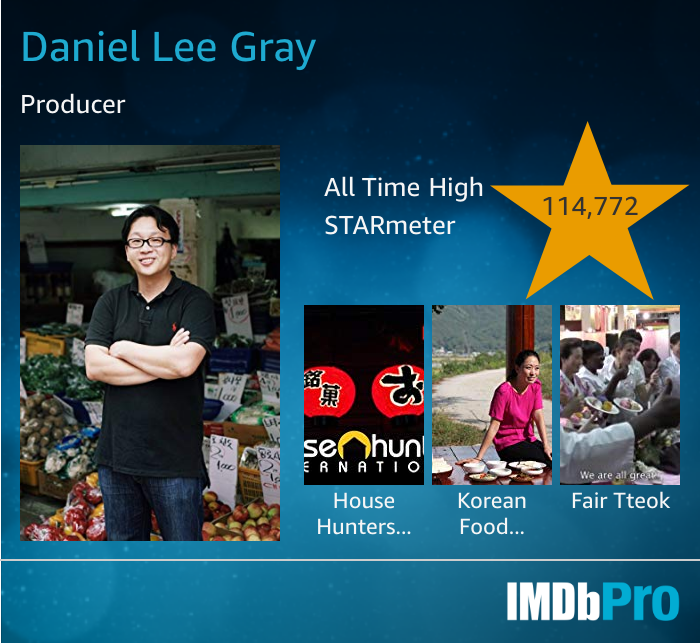Food For Thought: Persimmon: a harbinger for a Korean Fall
 |
| Persimmons |
by Lindsey Huster
October in Korea. This season is known for its foliage- a glowing exterior that resonates just as warmly as cherry blossom season. Colors like cinnamon, crimson, and golden rod adorn trees. An unmistakable orange hue, however, also comes into fruition this season. Ah yes, the color of a persimmon.
I cannot conjure a better produce-personification of Korea- or for that matter, South East Asia.
I can even recall my first persimmon encounter in Korea. It was fall, my first weeks in Korea (which also happened to be my first few weeks without a proper sandwich). As I cut thick slices of what I believed to be tomato, I uncovered rather the delicately sweet, but also tart treat.
As a fruit, it does appear to be a kissing cousin of the tomato. Although a bit oversized and with a pointed bottom, some persimmons carry the familiar red hue and skin consistency of a tomato. Others tend to be more orange and smaller shaped. Both grow, however, on handsome ornamental trees that seamlessly fit into the Asian landscape.
These fruits are sweet and at times tangy with a sinewy to soft texture. Although hundreds of varieties of persimmons exist, Hyichae remains the most omnipresent of the bunch.
Persimmons also prove to be quite temperature sensitive. In fact, each persimmon carries its unique flavor that is influenced by its environment. The Gyeongsang and Jinyeong area usually produce sweet persimmons, while tart persimmons tend to grow in the colder mountainous areas of the north.
The persimmon has its roots in China, where it was cultivated for centuries. Eventually, it spread to Korea and Japan, which remain heavy suppliers today. Traditionally, Korea has used the persimmons in a number of Korean dishes.
Initially, Koreans used to peel, string, and dry persimmons in the shade, which eventually became a popular, dried fruit even today. A famous punch, Sujeonggwa (Korean persimmon punch), is also made from dried persimmons, along with cinnamon, ginger and pine nuts. Usually, this reddish-brown punch is served for dessert. The leaves of persimmons are even used for making tea, which is called ghamnip cha (감잎차).
According to an article by the Korea Foundation, before traditional Korean taffy (yeot)and sugar were introduced to Korean cooking, sweet foods were a rarity. For this reason, persimmons and sujeonggwa were favorites. Hence why the word gam, the Korean word for persimmon, means "sweet."
Persimmons also yield a number of health benefits as well. Persimmons are known for its anti carcinogen properties, and curing ailments such as constipation and hemorrhoids.
But beware of the unripened persimmon! According to the Merk Manual of Diagnosis and Therapy, unripened persimmons can cause bezoars in your stomach that will require surgery to remove. This is especially common in regions where the fruit is grown. To be sure you are eating a ripe persimmon, see if you can spoon out the inside of the fruit. If it's soft enough to eat with a spoon, then it's ready to eat.
Even with these few words of caution to end this column, it would be a shame to spend a fall, or rather, a fall in Korea, without the presence of persimmon. Eat one (especially a ripe one), and know that you are eating what Koreans have enjoyed as a treat for centuries.
Lindsey Huster is a writer who usually hails from Chicago. She enjoys listening to music,wearing cardigans and generally anything vegetarian. Send her an e-mail here: Lindsey Huster





